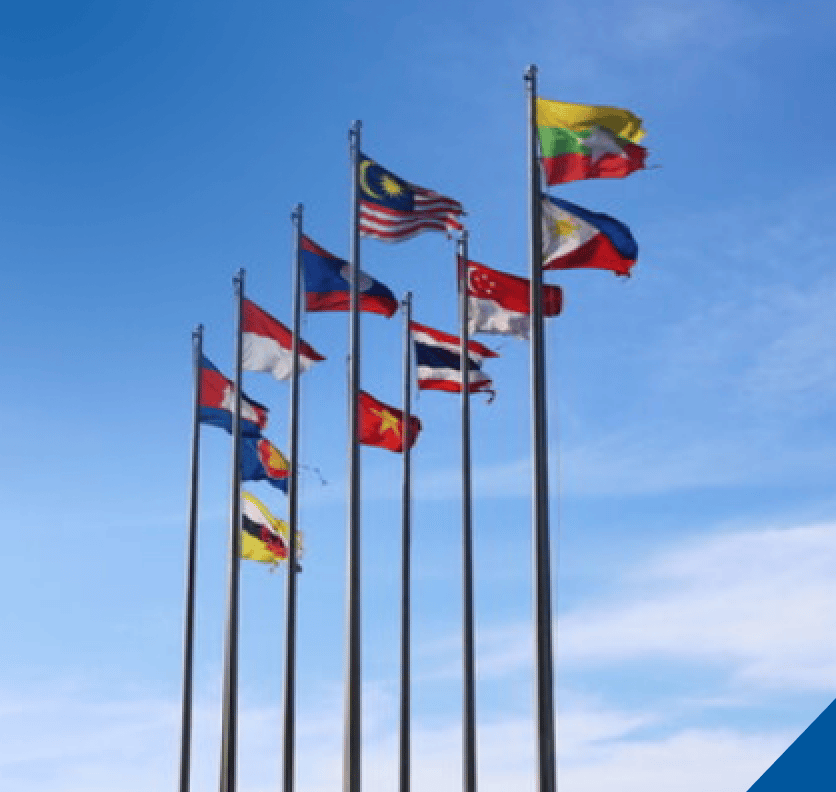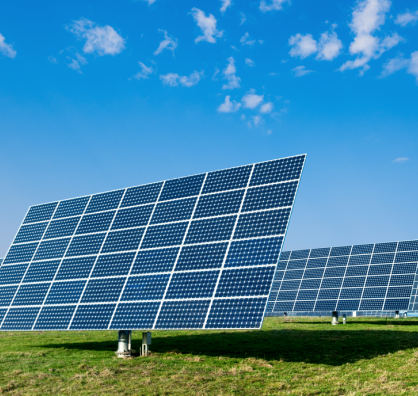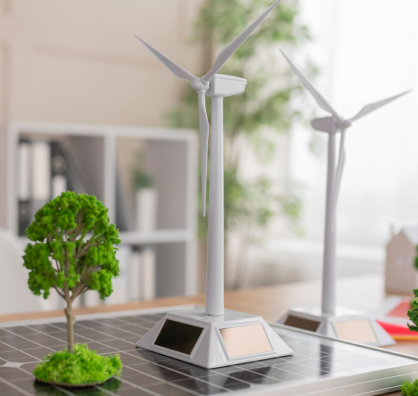Malaysia – Perspectives about Women in Energy and Climate
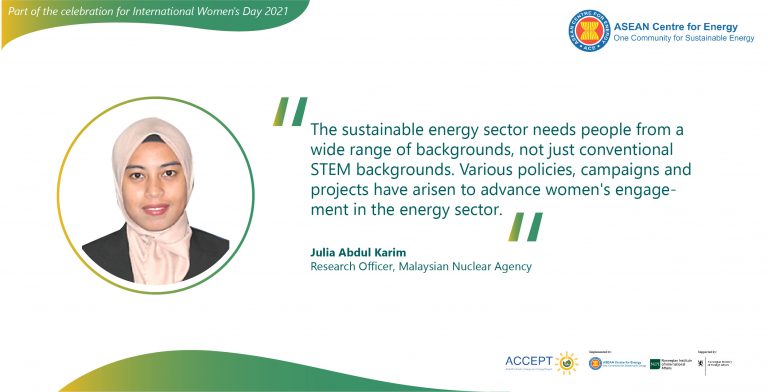
From Malaysia, Julia Abdul Karim, D.Eng, a Research Officer in Malaysian Nuclear Agency, gave her perspective on women in the Energy-Climate.
Indonesia – Perspective of Women towards Inclusive Energy Transition in ASEAN
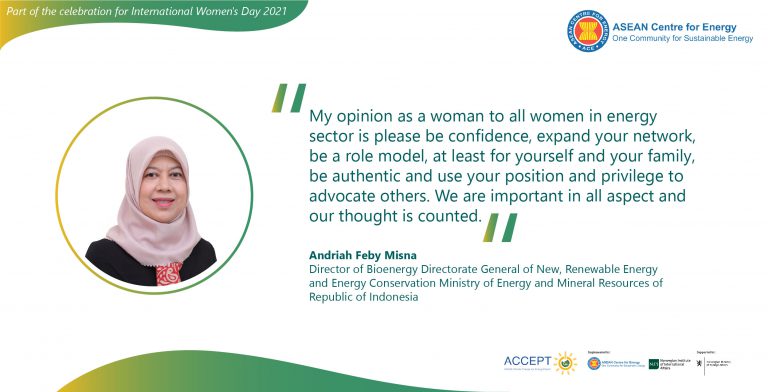
From Indonesia, Andriah Feby Misna, Director of Bioenergy Directorate General of New, Renewable Energy and Energy Conservation Ministry of Energy and Mineral Resources of Republic of Indonesia, gave her perspective on women in the Energy-Climate with her writing with the title “Perspective of Women towards Inclusive Energy Transition in ASEAN”.
Philippines – Perspectives about Women in Energy and Climate
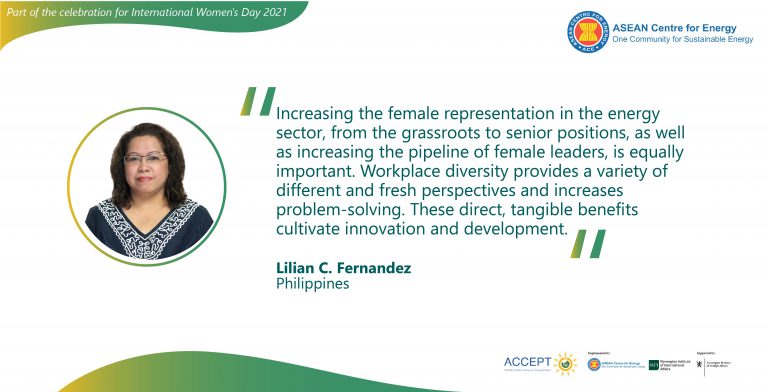
Philippines – L. C. Fernandez “The role that women will play in the energy transition is vital and could become a key driving force”
Defining a ‘Just Energy Investment’
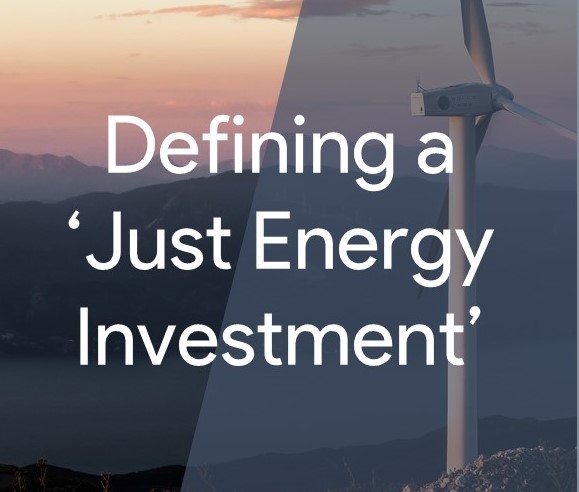
Timelines are of vital importance to the transition to a low-carbon economy. Many countries have energy and climate goals from 2025 to 2030 and beyond 2040 and 2050. Therefore, a key issue is clearly how investment in the energy sector will happen and be managed over these time periods. Further, it is necessary that this investment contributes to justice in the energy sector, i.e. that the investment results in ‘just’ outcomes for society.
Highlighting the Four Pillars of ASEAN Energy Cooperation in Achieving Sustainable Development
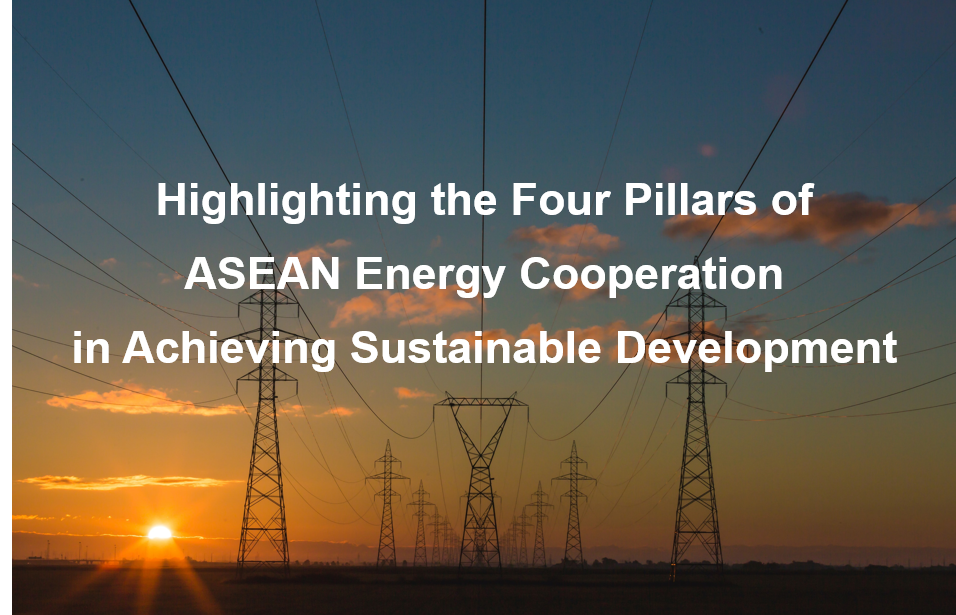
The world’s population continues to increase rapidly and is predicted to skyrocket in the future, with Southeast Asia as one of the centres of its growth. According to the 6th ASEAN Energy Outlook (AEO6), ASEAN is predicted to have 768 million inhabitants in 2040. With such a large population, innovations – coupled with collaborations – are needed so that the needs for food, water, and energy can be met sustainably. In determining sustainable energy planning, four important aspects must be considered, namely energy security, accessibility, affordability, and sustainability.
COVID-19 vs ASEAN Energy Sector: Oil & Gas – Recap of 2020
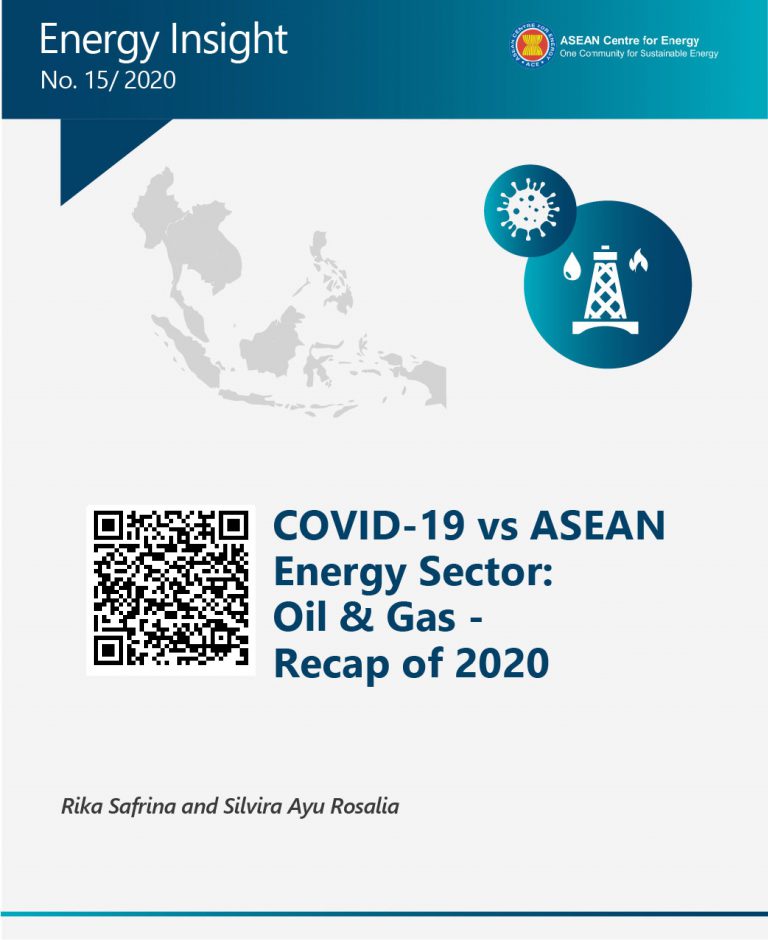
The year 2020 has been challenging globally as the coronavirus lingering. In March, COVID-19 was declared by the World Health Organisation as a pandemic, which affected many sectors, including oil and gas. As the measures to curtail the virus spread, countries around the world implemented movement restrictions, resulting in an extreme decline in the fuel demand, especially from the transportation sector. With the oversupply, oil and gas price experienced unprecedented volatility.
COVID-19 vs ASEAN Energy Sector: Renewables – Recap of 2020

Entering the new year of 2021, the world could not shrug off the pandemic just yet. Mixed messages from vaccine development and new virus strain solidifies 2021 as another year of uncertainty. But cautious optimism lingers, especially in renewables sector.
COVID-19 vs ASEAN Energy Sector: Electricity – Recap of 2020
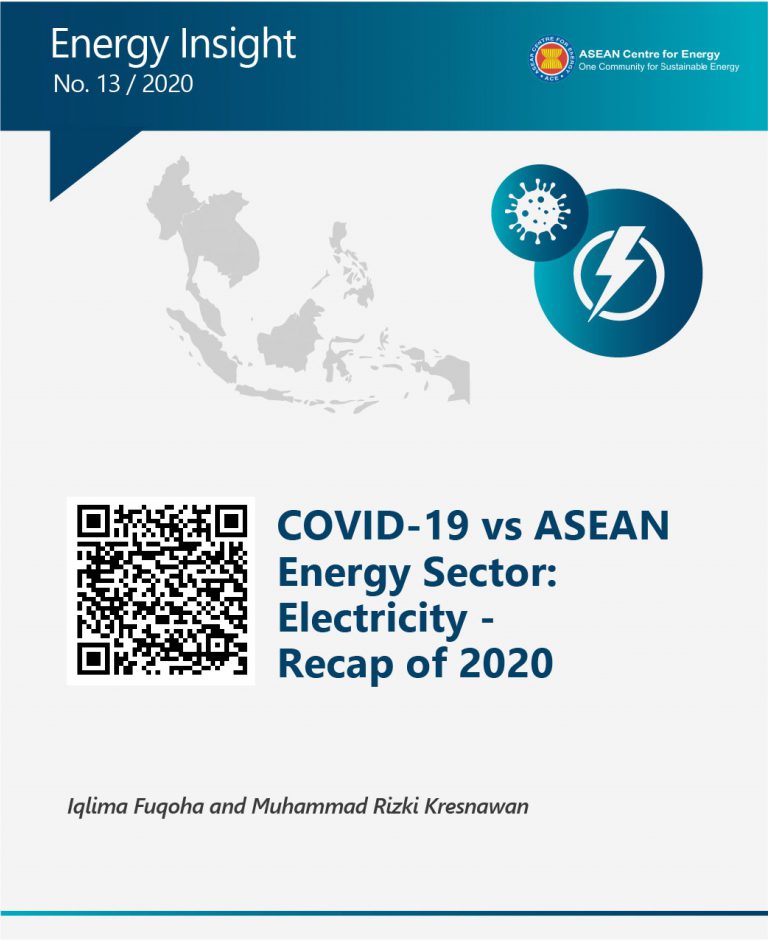
The social distancing also urged some non-essential sectors to implement the working-from-home (WFH) scheme, causing the soaring electricity demand and bills in the residential sector. Deal with rising bills, ASEAN countries have poured the worth-to-get people with billions of dollars through various recovery stimulus packages. Seeing from the mapped problems in 2020 and some ASEAN government’s efforts, it is interesting to see what 2021 would be. As vaccines have been discovered and gradually injected into people, it is considered will be a turning point to economic bounce back. However, crucially important is to make sure the pathway that ASEAN chooses for the post-pandemic is to pursue ‘build back better’.

